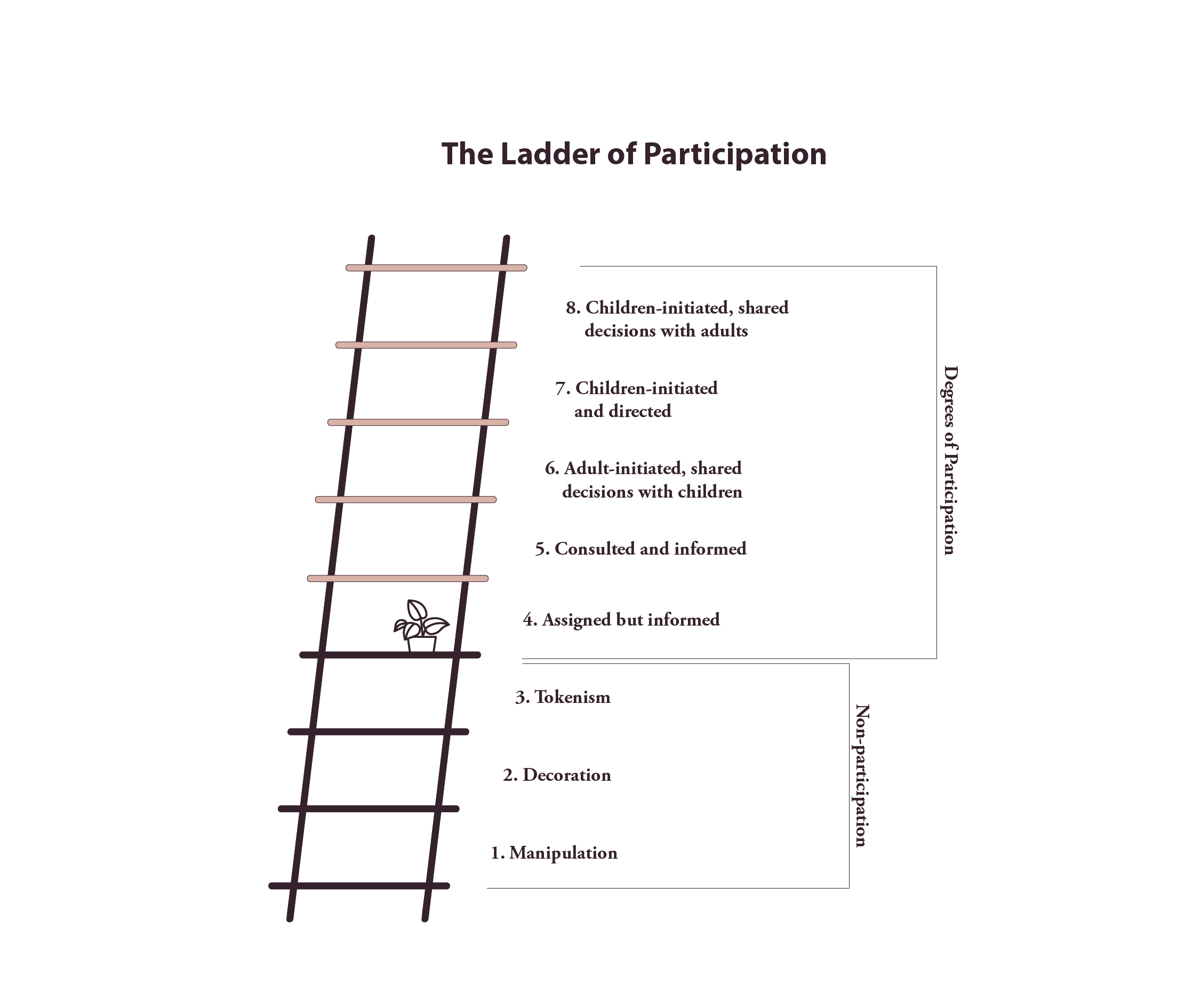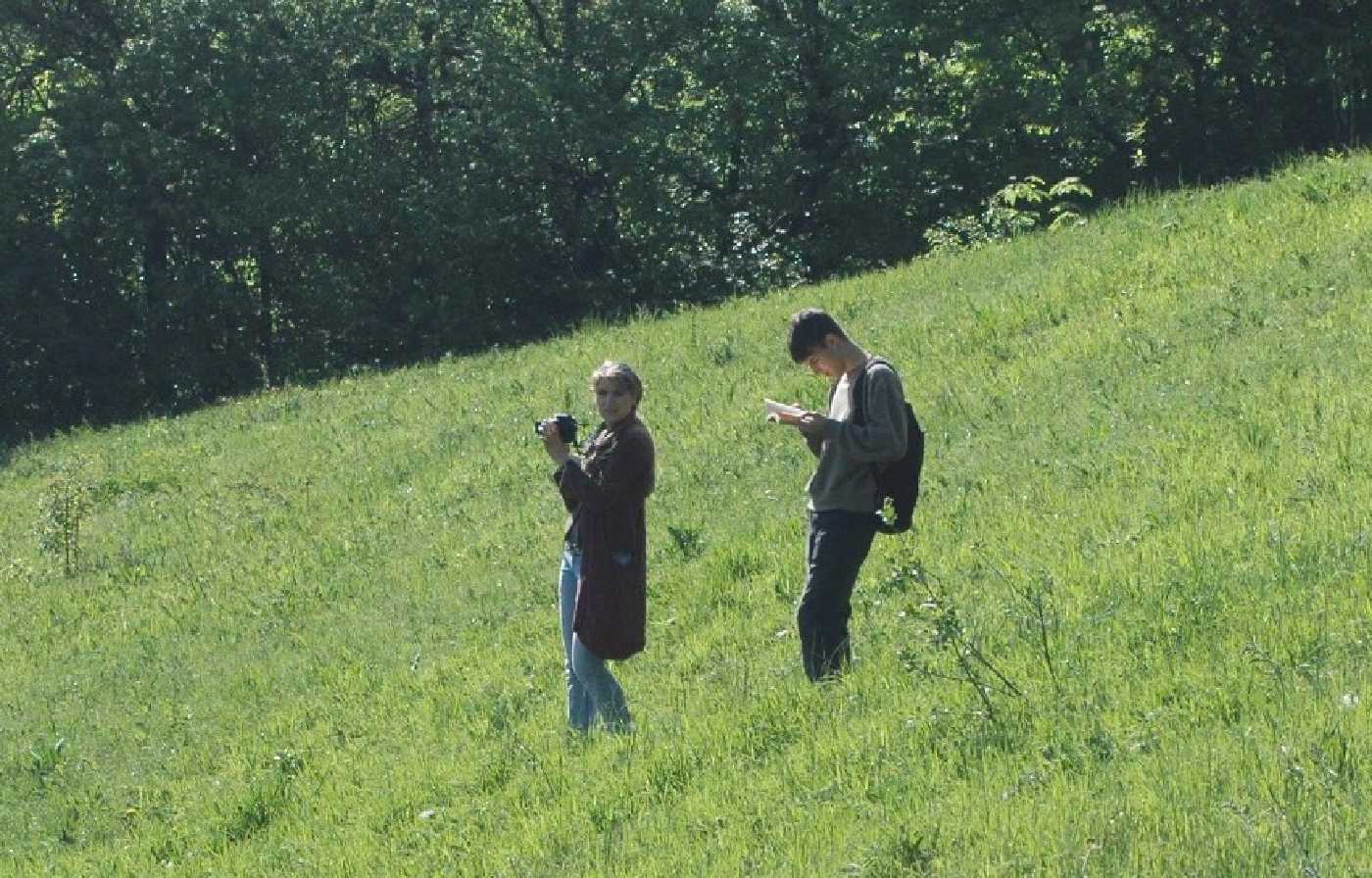How natural is our environment?
Plant-based field naturalness measurement in environmental education
“In order to judge the natural state of a vegetation patch, we would need to know what the vegetation was like before man’s landscape transformation. … The following worksheet is intended to help those who are less familiar with the plants of the examined habitat. …This method does not provide an accurate and complex diagnosis (nor does a thermometer), but it does help us to spot important marks of naturalness.” (source)


Specification of what the reader will learn from the chapter
- This chapter presents the naturalness measurer of MÉTA (Map Database of Habitats of Hungary, MÉTA Hírek; Molnár et al. 2007)[^1]. This method can be used in both public education and environmental education by students aged 10 or over, and adults to find out how natural or disturbed the vegetation of the landscape around them is. Taking local vegetation characteristics into consideration, the method can be adapted to other countries as well.
- A detailed description of how to use it can be found below.
- We also list what observations and studies are made possible in participatory environmental education by using the method.
Purpose and objectives of the specific programme in the context of participatory approaches
The aim of the MÉTA naturalness measurer is to help people — by filling in the worksheets required for the measurement — to identify and recognise the naturalness, degradation and disturbance of certain habitat types under field conditions, based on personal experience. As their knowledge grows, they will develop their understanding of landscape ecology and nature conservation. The use of the measurer requires relatively little knowledge of species and vegetation.
More than ten years of experience have shown that the method is suitable for estimating the naturalness of vegetation. The results are indicative. The method can be adapted to other countries, taking into account the local vegetation characteristics.
So far, more than 1000 worksheets have been completed in different locations, with small and large groups filling in the sheets in parallel. Students have been introduced to the method in biology classes, forest schools and summer camps and many of them have learned to identify valuable parts of our environment, distinguishing natural vegetation from man-made or altered parts.
The use of naturalness measurer provides an opportunity to monitor changes in a given area or habitat in response to environmental impacts (climate change, human intervention). It can answer the question of whether the condition and biodiversity of habitats in the area can be maintained with these impacts.
The worksheets of the measurer are also available in an application (see below for details), where the monitoring data can be recorded in a common database. A citizen science project can be set up by using the application. It allows the comparison of the state of nature in your neighbourhood with other areas of the country.
Learning about the naturalness or degradation of our environment can prompt us to ask questions and find solutions. Presenting the results of our measurements can serve as a wake-up call or a warning to our social environment. The discovery of a habitat or habitat complex of good natural quality can be the beginning of its conservation and protection.
Terminology — Explanation of Terms
Before using a naturalness measurer, we need to clarify some basic terms.
1. The concepts of natural state and near-natural state are defined in the Nature Conservation Act of Hungary (Act LIII of 1996, § 4):
“c) natural state: a habitat, landscape or community in the creation of which humans have played no or only a marginal role, except for their restoration, and therefore most of the processes occurring in it are characterised by self-regulation;
d) near-natural condition: a habitat, landscape or community of life, the development of which has been influenced to a small extent by humans (creating conditions similar to natural conditions), but most of the processes occurring in it are self-regulated and persist without direct human intervention.”
2. Degradation is the deterioration of different natural systems and habitats. This can be indicated by changes in habitat structure, decrease in the number of species, and the emergence and dominance of non-native or invasive species.
3. Native species: species considered native if they have occurred spontaneously in their natural range over the last two millennia.
4. Non-native, invasive species: organisms from other countries that are not part of the natural habitat of the given site and that can cause serious damage to the environment through their spreading.
Important pillars and ingredients of the specific programme
Over the past decades, several methods have been developed to measure the degree of naturalness, but they require a lot of background knowledge and are designed for use by trained professionals and are not applicable in environmental education. MÉTA’s [naturalness measurer] was developed by the staff of the Ecological Research Centre (Marianna Biró, Zsolt Molnár) for those who have little knowledge of species but would still like to know how natural the flora of the surrounding landscape is.
The naturalness measurer worksheets were published in colour and printed form by the Hungarian Society for Environmental Education (MKNE) in the framework of the “Home in the Forest” project. It can be purchased from the [Society] or downloaded in a printable format from [here].
The naturalness measurer is also available online as a web-based [application], so it can be used on PCs, tablets and mobile phones. In addition to taking measurements in the field, the app allows data to be uploaded, collected and used for citizen science purposes. The application can display data on a map and photos can also be uploaded for more visual information. The app can also work offline, but of course then it is not possible to transfer the data to a central database.
Risks encountered during the implementation of the specific programme
In preparing for the field survey, it is crucial to take the potential hazards of the terrain (e.g. rocky terrain) into account. Be prepared for the potential impact of wildlife (e.g. tick, wasp stings). Encourage participants to wear clothing appropriate to the environmental conditions. Mobile apps may not work outdoors or offline connection may not be sufficient. It can be useful to also take a printed version of the measurer into the field.
Impact on pupils’, students’ competences
By using the MÉTA naturalness measurer, students can learn about the state of habitats in their close and wide neighbourhoods. In field conditions and through personal experience, they can identify and recognise features that indicate natural conditions or disturbance, thus learn more about landscape ecology and conservation. The experiences gained will help them to develop environmental awareness and better relationship with nature, and to strengthen their understanding of the habitat examined.
By using a naturalness measurer it is possible to track changes resulted by climate change or human impacts, or lack thereof, by repeating their monitoring at the same location year after year, or by comparing to a previously known condition.
They learn about the biodiversity of their environment at different levels.
They can gain personal experience and knowledge of cause and effect in nature or in the man-made environment.
They can explore the link between human-induced disturbance and species depletion in habitats.
The app also gives you an idea on the naturalness of the vegetation in your wider environment.
The use of the app develops students’ digital competences (responsible use of smart devices and the internet, searching and interpreting data online) and responsibility for public communication.
Quotes from students
“The forest has been reborn several times over the centuries. The last time it was almost completely cut down was during the hard times following the Second World War. Knowing the history of the forest, I was curious to see how natural the forest is today. … The three measurements show that the forest has regenerated well over the past decades and is now in a near-natural state.” (Armand Nagy (2022).
Impact on the class, the school, the local community
As a part of the “Home in the forest” project (2011-2016), 75 groups of primary and secondary school pupils used the “Woodlands” naturalness measurer worksheet. In addition, environmental educators were provided with nearly 800 colour printed measurer worksheet. Since May 2022, the web-based application can also be used for measuring the naturalness of habitats.
The use of the naturalness measurer gives you the opportunity to design school projects. These can be used to survey habitats of large area at several points or to compare the condition of several stands of a habitat type.
Biology projects for final exams made by 12 graders in highschools were also employing naturalness measurer to study a particular area or habitat.
Informing the local community about the results of naturalness measurement gives them the opportunity to assess the habitat, evaluate it and, if necessary, intervene.
The naturalness measurer is a learning tool. It facilitates exploratory, reality-based learning. It becomes participatory when measurements are conscious and results are shared. It generates dialogue and the attention of others.